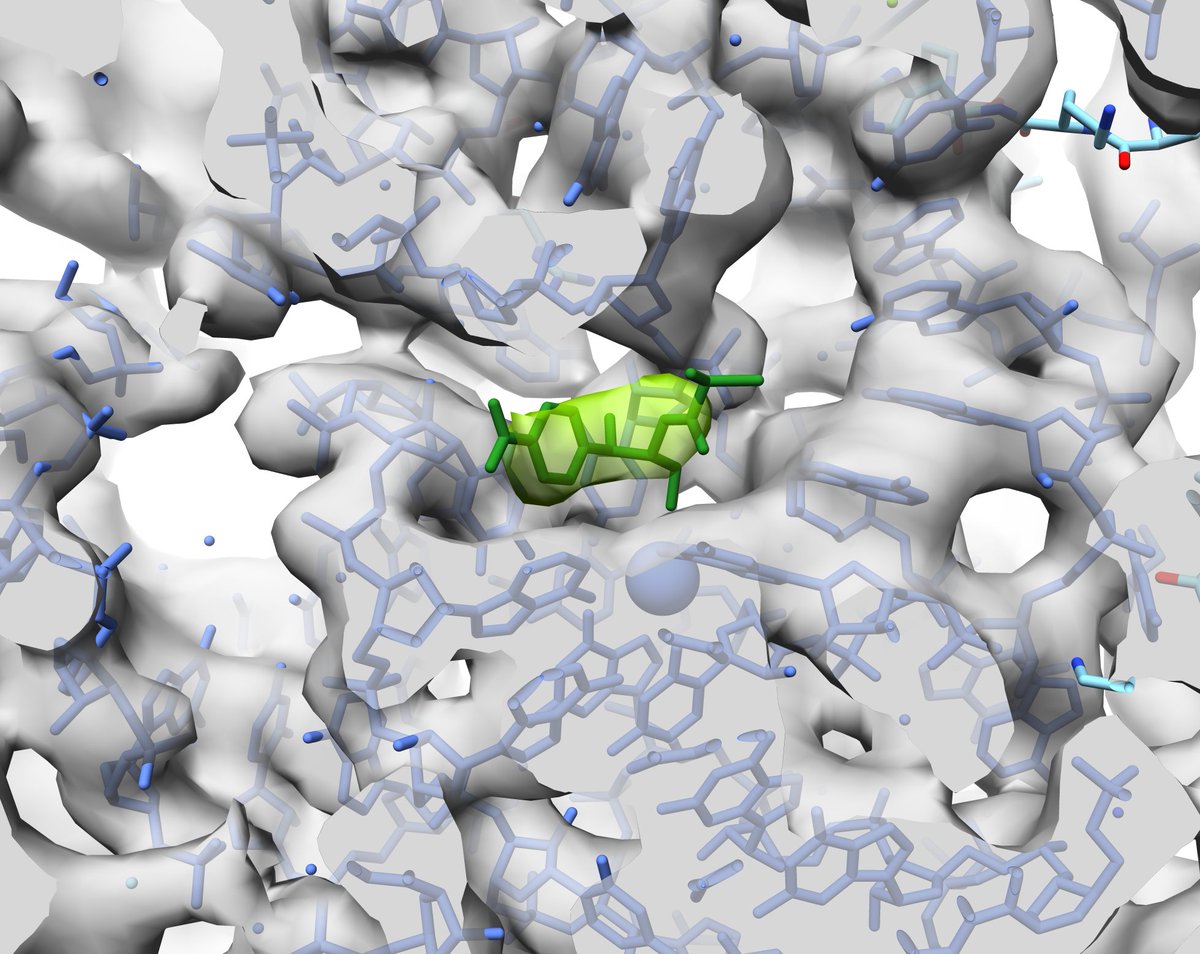In this Mmmanuscript we use our new tool M to break a couple of things, as is customary in #cryoEM. Most importantly, we show that 3.7 Å resolution can be achieved for a protein directly inside a cell. Software release next week. Now, thread:








Keep Current with Dimitry Tegunov
This Thread may be Removed Anytime!
Twitter may remove this content at anytime, convert it as a PDF, save and print for later use!

1) Follow Thread Reader App on Twitter so you can easily mention us!
2) Go to a Twitter thread (series of Tweets by the same owner) and mention us with a keyword "unroll"
@threadreaderapp unroll
You can practice here first or read more on our help page!